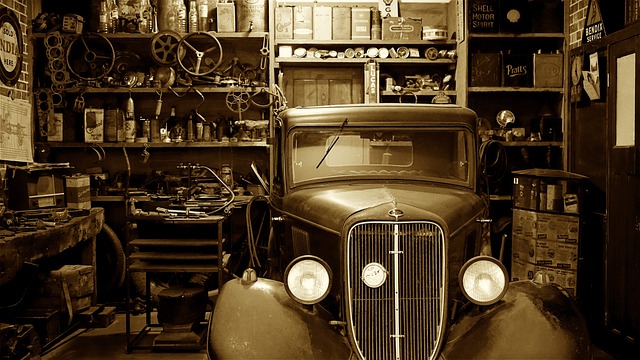Shipping vintage cars across states or internationally requires adhering to International Car Shipping Regulations for customs and border crossings, with accurate documentation like titles and forms. Vehicles must meet environmental standards, and consultation with origin and destination transport authorities ensures legality while preserving historic value. Before shipping, conduct a thorough inspection, repair worn parts, clean the car, and document its history and value. Inform the shipping company of unique characteristics for proper handling. Research reliable carriers specializing in classic cars to ensure expert transport, with proper packaging, secure loading, controlled temperature, insurance, and tracking for peace of mind.
Shipping vintage cars across states involves more than just finding a carrier; it’s navigating complex international car shipping regulations. This guide delves into the essential steps to ensure your classic vehicle arrives safely, including understanding regulatory requirements, preparing your car for transit, and selecting the ideal shipping method and carrier. By following these guidelines, you’ll minimize risks and preserve the character of your cherished vintage car.
- Understanding International Car Shipping Regulations
- Preparing Your Vintage Car for Transit
- Choosing the Right Shipping Method and Carrier
Understanding International Car Shipping Regulations

Shipping vintage cars across states involves more than just finding a reliable transporter; it’s crucial to understand and adhere to international car shipping regulations, especially when crossing borders. These regulations are designed to ensure the safe transport of vehicles while preserving their historical integrity. Key considerations include proper documentation, such as customs forms and vehicle titles, which must accurately reflect the car’s make, model, and year.
Additionally, compliance with environmental standards is essential. Vintage cars may have unique emissions systems or lack modern pollution control devices, necessitating special permits or inspections to ensure they meet destination state emission requirements. It’s vital to consult both origin and destination countries’ transport authorities for up-to-date regulations, ensuring a smooth and legal shipping process that respects the historic value of these classic vehicles.
Preparing Your Vintage Car for Transit

Before shipping your vintage car across states, it’s crucial to prepare it properly for transit. This includes a thorough inspection to ensure all components are in good working order. Check the engine, brakes, electrical system, and tires, repairing or replacing any worn-out parts. Additionally, clean and maintain the interior and exterior of the vehicle to meet transporters’ standards. Remember that many international car shipping regulations require vehicles to be in a safe and drivable condition before they can be transported.
Documenting your vintage car’s history and value is another essential step. Gather all necessary paperwork, including ownership documents, registration, and any certification of authenticity or appraisals. Secure these documents in a safe place and inform the shipping company about your car’s unique characteristics to ensure proper handling during transit. This proactive preparation will help ensure a smooth shipping process and protect your vintage car’s integrity during its journey.
Choosing the Right Shipping Method and Carrier

When shipping vintage cars across states, choosing the right shipping method and carrier is crucial. Consider factors like vehicle condition, size, weight, and destination to select an appropriate transportation mode—trucking, rail, or even air freight. International Car Shipping Regulations also play a significant role, ensuring compliance with customs and border protection requirements for seamless transit.
Researching reliable carriers specializing in classic car transport is essential. Look for companies with experience handling vintage vehicles, as they understand the delicate nature of these treasures. Proper packaging, secure loading, and controlled temperature during transit are non-negotiable to prevent damage. Verify their insurance coverage and track your vehicle’s progress to maintain peace of mind throughout the journey.
When shipping vintage cars across states, adhering to international car shipping regulations is paramount. By thoroughly preparing your vehicle and selecting the appropriate shipping method and carrier, you can ensure a safe journey for these cherished classics. Remember that each step, from documentation to secure packaging, contributes to preserving their historical integrity.
